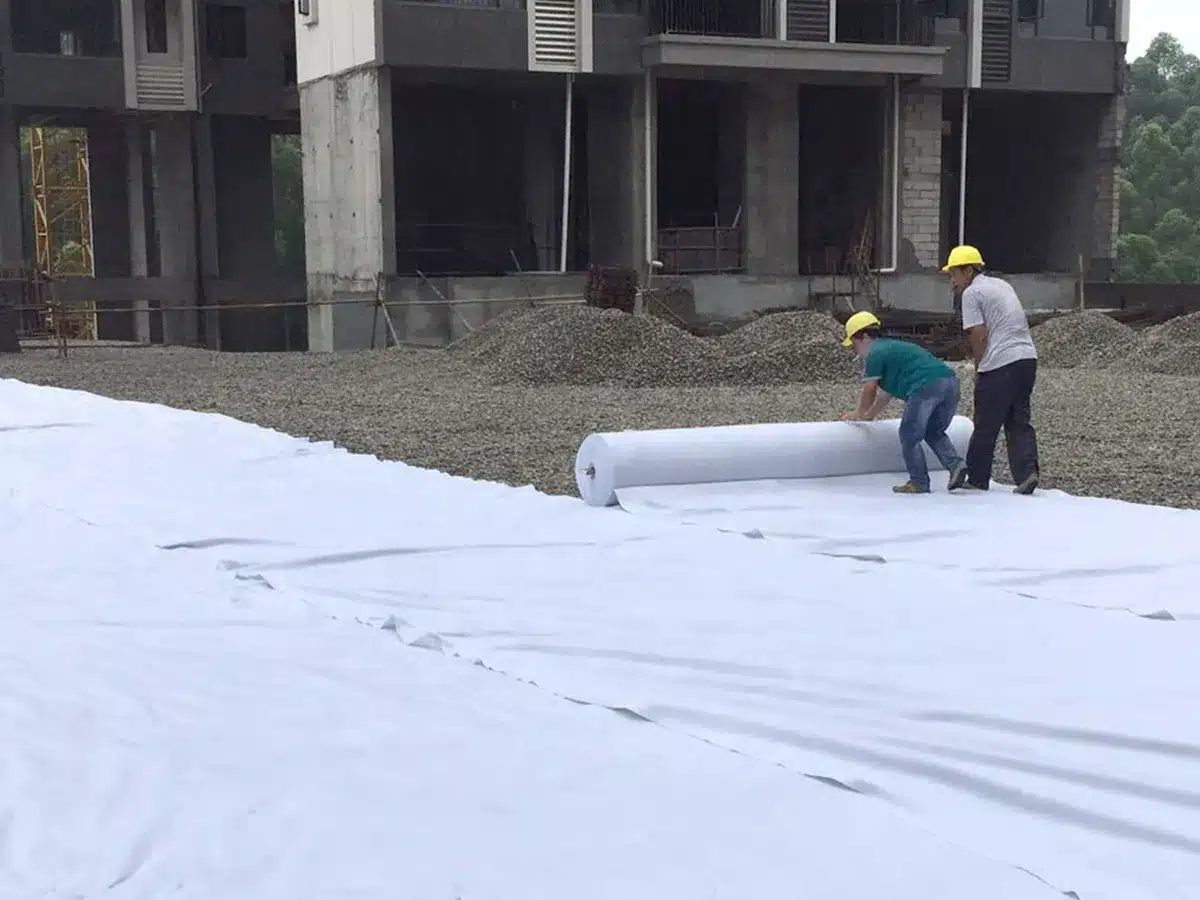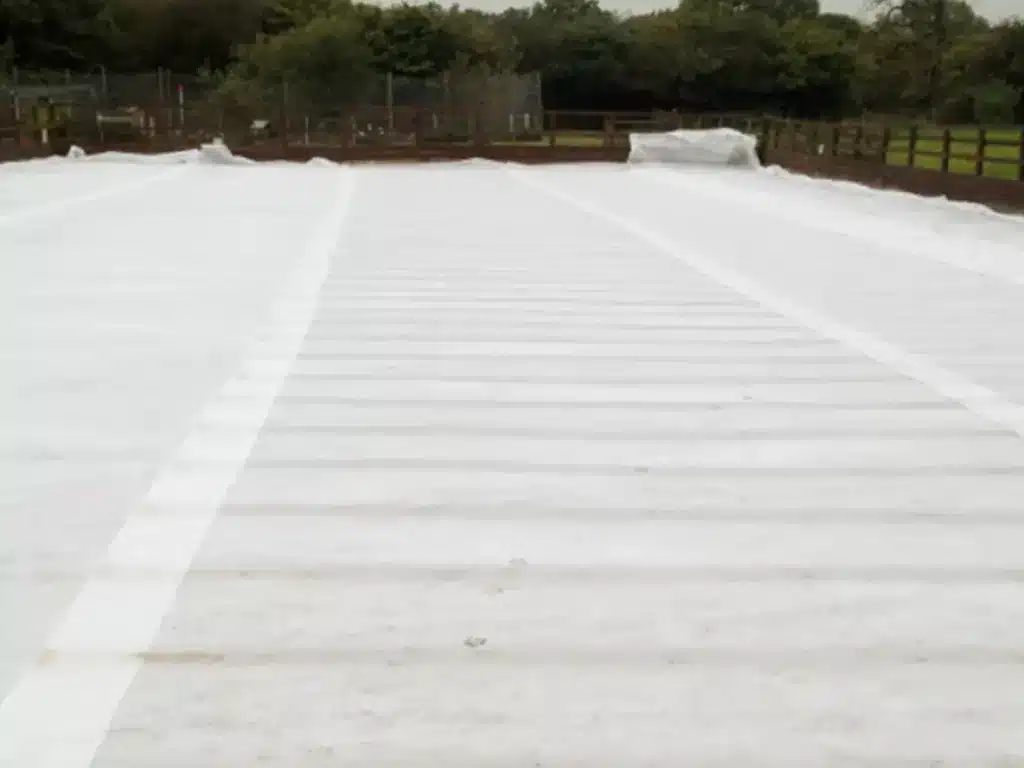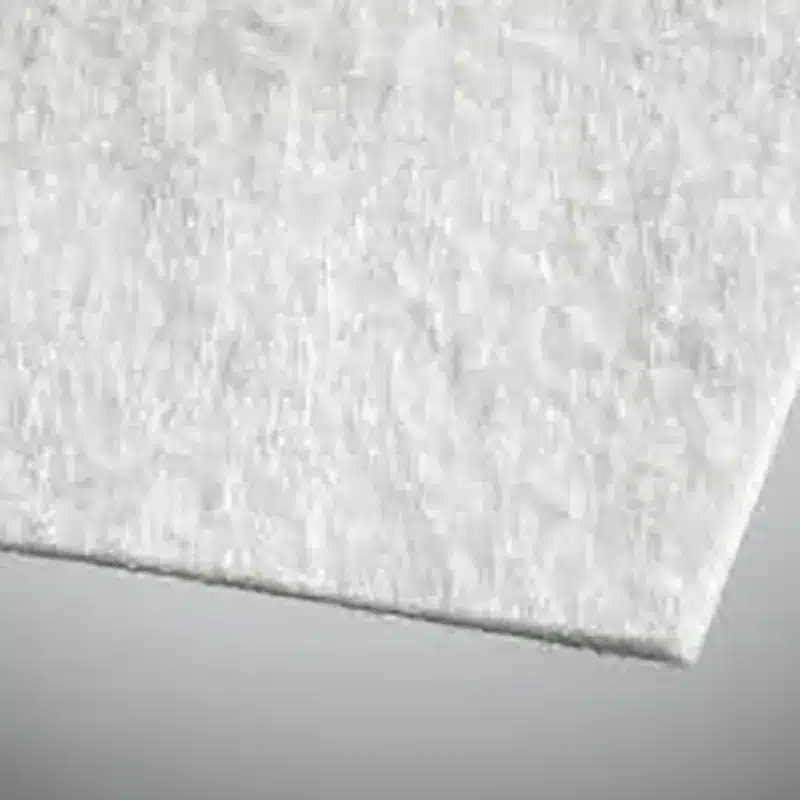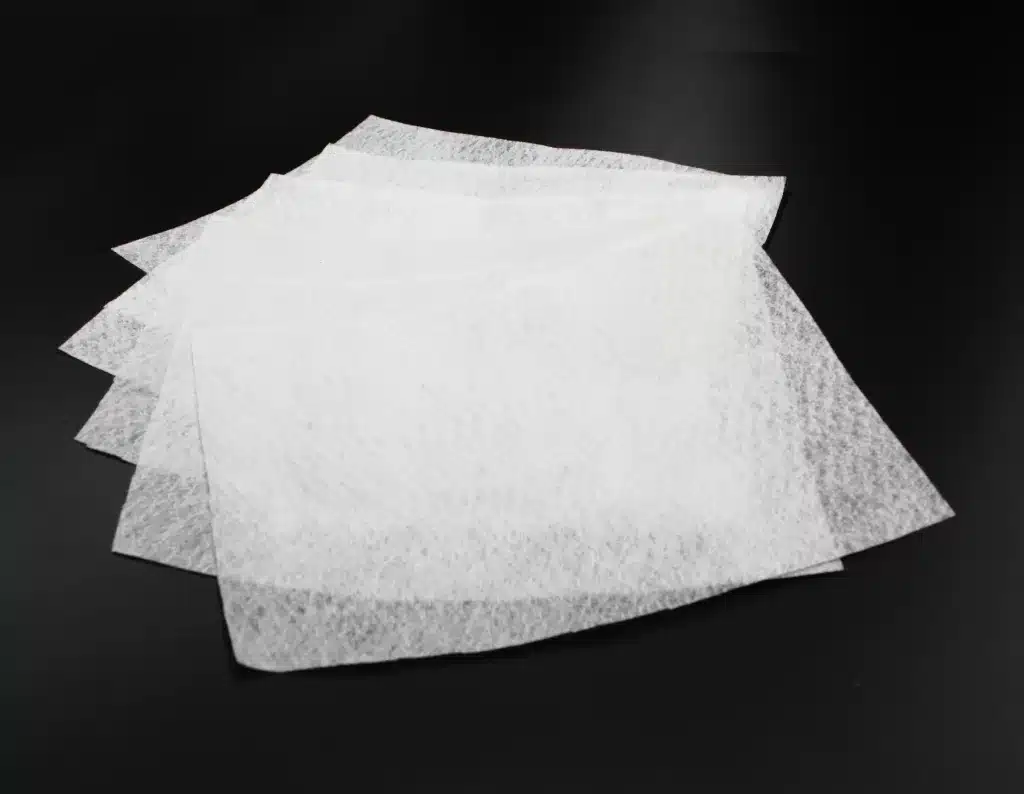The Role of Geotextile in Drainage Retaining Walls: A Popular Science Perspective
Geotextiles are a critical component in modern civil engineering, particularly in the construction of drainage retaining walls. These versatile materials enhance soil stability, provide effective drainage, and prevent erosion. In this article, we explore the use of geotextiles in retaining walls, their drainage capabilities, and their essential functions in waterproofing and construction projects.
What is the use of geotextile in retaining walls?
Geotextiles play a crucial role in retaining wall systems by providing reinforcement, filtration, and drainage behind retaining walls. When used in retaining walls, geotextiles are typically placed between the soil and the retaining structure. This setup helps stabilize the soil, distributes loads more evenly, and prevents soil erosion. By acting as a barrier, geotextiles enhance the structural integrity and longevity of the retaining wall, making them an indispensable element in construction projects that require reliable soil retention.

Does water drain through geotextile?
Yes, water can drain through geotextiles. One of the primary functions of geotextiles is to allow water to pass through while preventing the movement of soil particles. They allow moisture to pass through them, helping with drainage and filtration. This permeability is achieved through the material’s porous structure, which filters out fine soil particles and permits water to flow freely. This characteristic is particularly important in drainage retaining walls, where the geotextile helps manage water flow, reduce hydrostatic pressure, and prevent soil erosion behind the wall.
What is the function of drainage geotextiles?
Drainage geotextiles serve multiple functions in construction and engineering projects. They facilitate proper water drainage, prevent soil erosion, and enhance soil stability. By allowing water to pass through while retaining soil particles, drainage geotextiles ensure the transmission of liquid in the plane of the fabric without soil loss. This helps water to be effectively channeled away from the structure, reducing the risk of waterlogging and associated damage. Additionally, they help maintain the structural integrity of the retaining wall by preventing the buildup of hydrostatic pressure and minimizing soil displacement.
Why is geotextile used in waterproofing?
Geotextiles are used in waterproofing due to their ability to act as a barrier against water infiltration while providing drainage and filtration. It is highly durable and water-resistant. In waterproofing applications, geotextiles are often combined with other materials to create a comprehensive waterproofing system. Their permeability allows for the controlled passage of water, which helps manage moisture levels and prevent water from penetrating the protected structure. This makes geotextiles an essential component in various waterproofing scenarios, from foundations and basements to retaining walls and roofing systems.
Geotextiles are indispensable in the construction of drainage retaining walls, offering reinforcement, filtration, and drainage capabilities. By allowing water to pass through while retaining soil particles, these materials help manage water flow, reduce hydrostatic pressure, and prevent soil erosion. Additionally, geotextiles play a vital role in waterproofing applications, providing a barrier against water infiltration and ensuring the longevity and stability of structures. As construction technology advances, the use of geotextiles continues to expand, underscoring their importance in modern civil engineering.



Comments
Post a Comment